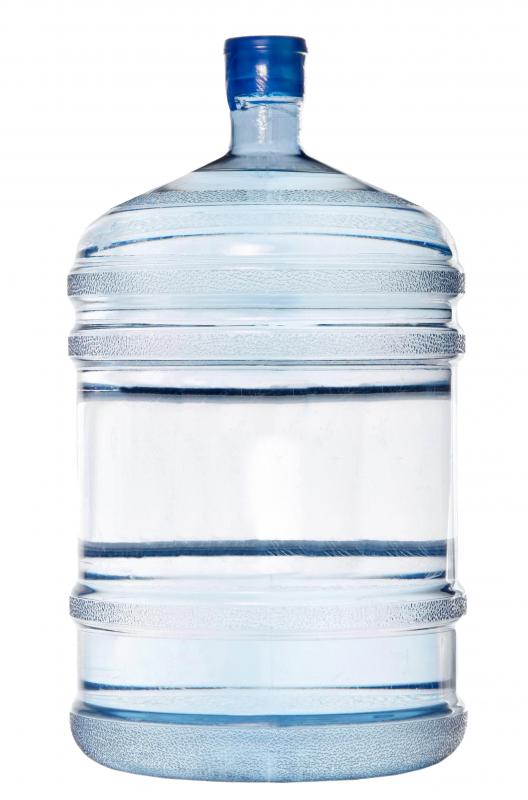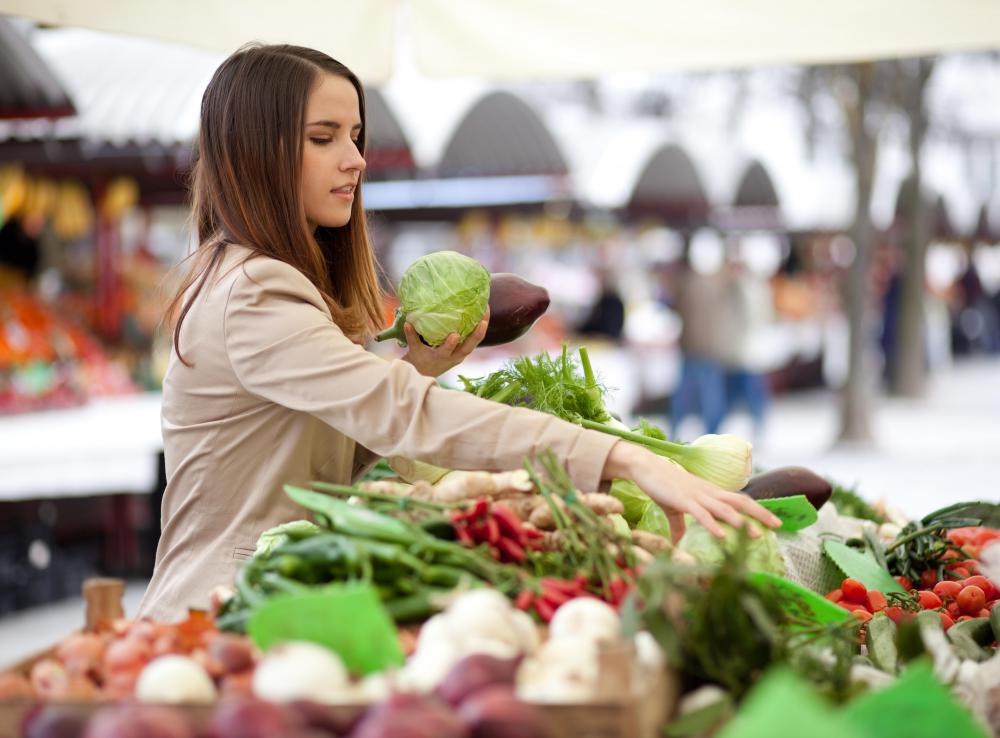At AllThingsNature, we're committed to delivering accurate, trustworthy information. Our expert-authored content is rigorously fact-checked and sourced from credible authorities. Discover how we uphold the highest standards in providing you with reliable knowledge.
What Is Green Living?
Environmentally aware individuals often choose to follow an eco-friendly path in life. This lifestyle is commonly known as green living or sustainable living. Green living involves reducing one’s carbon footprint, or, more generally, making as small an impact on the natural environment as possible.
Green living promotes an eco-friendly lifestyle in three key areas: cutting down on physical waste, restricting energy consumption, and seeking greener means of transportation. While all three areas are of equal importance to people who embrace the green living lifestyle, the areas don't hold equal footing in the public eye. For instance, a mass transition from fossil fuels to renewable energy sources would be a daunting, expensive task for any nation. To do so would almost certainly meet with public resistance. Small, actionable steps – such as cutting down on physical waste in everyday life – are easier to digest, more viable, and thus have more mass appeal.

For example, in March 2002, the Irish government imposed a 15-cent tax on all plastic shopping bags. During the 17 month period following introduction of the tax, plastic bag use dropped by 95 percent as consumers switched to reusable shopping bags. Since then, other nations have followed their example, and on 1 January 2010, Washington, D.C. became the first city in the United States (US) to implement a similar policy.

Various corporations have also managed to implement policy changes geared toward reducing physical waste with little public outcry. For instance, in 2008, Deer Park® launched its Eco-Shape® Bottle which purportedly uses 30-percent less plastic than the bottles of its competitors. Meanwhile, video game manufacturers Microsoft® and Nintendo® have introduced eco-friendly game cases. Some critics consider such policy changes to be little more than marketing techniques, as there are more obvious eco-friendly options like refilling reusable bottles rather than buying bottled water.

Sustainable living is just one part of a larger environmental movement. For instance, the green living lifestyle ties in closely with the Locavore lifestyle. Locavores eat only food grown within a 100-mile radius for economic as well as environmental reasons. On the economic side, eating locally supports area farmers. Eating locally fits into the green living lifestyle since produce often travels hundreds or thousands of miles before ending up on a supermarket shelf. Locally-grown produce doesn’t require a great expenditure in fuel and thus has a smaller carbon footprint.

Embracing a green living lifestyle involves making mindful choices in all aspects of our daily routines, including laundry. One important consideration is the type of laundry detergent sheets you use. Opt for the best laundry detergent sheets that are not only tough on stains but also gentle on the skin. Look for plant-based and eco-friendly options that are sustainably produced, without excessive use of plastics. By selecting such laundry sheets, you're not only caring for your clothes but also contributing to a healthier planet by reducing plastic waste and minimizing your environmental footprint.
Frequently Asked Questions
What exactly is green living?
Green living refers to a lifestyle that strives to reduce an individual's or society's use of the Earth's natural resources and personal resources. It encompasses a wide range of practices, such as conserving energy, reducing waste, and choosing sustainable products, all aimed at minimizing the environmental footprint and promoting a healthier planet.
Why is green living important?
Green living is crucial for maintaining the health of our planet. It helps to combat climate change, preserve biodiversity, and reduce pollution. According to the United Nations, sustainable living can significantly lower greenhouse gas emissions and reduce the depletion of natural resources, ensuring a viable future for all species on Earth.
How can I start living green?
To start living green, begin with small, manageable changes like recycling, using energy-efficient appliances, and reducing water usage. Gradually incorporate more sustainable practices such as using public transportation, supporting local and organic agriculture, and reducing meat consumption, which the Food and Agriculture Organization states can lower your carbon footprint.
What are the benefits of green living for health?
Green living benefits health by reducing exposure to toxic chemicals found in many conventional products. It also promotes physical activity through walking and cycling, and supports a diet rich in organic, locally-sourced foods. The World Health Organization has reported that sustainable living practices can lead to improved air and water quality, directly benefiting public health.
Can green living save money?
Yes, green living can save money in the long run. Energy-efficient appliances reduce utility bills, while sustainable habits like carpooling and consuming less lead to savings. The U.S. Department of Energy has shown that simple home energy improvements can save up to 30% on energy bills, demonstrating the financial benefits of an eco-friendly lifestyle.
What is the impact of green living on the community?
Green living has a positive impact on the community by fostering a cleaner environment, creating green jobs, and promoting social cohesion through shared sustainable initiatives. Communities that embrace green living often experience improved public spaces, enhanced local economies, and a stronger connection among residents, leading to overall societal well-being.
AS FEATURED ON:
AS FEATURED ON:














Discussion Comments
@croydon - I don't know if people will ever willingly shift to green living, to be honest. Our regional supermarket chain recently tried to shift to not using plastic bags and there was so much complaining that they were forced to shift back.
And that's such an easy change. And something that was very clearly going to have a huge impact if everyone did it. But people still complained.
@MrsPramm - People could certainly reduce the amount of meat they eat and the way it is produced at the moment isn't good for the environment. But I don't think eating meat is fundamentally impossible in green living.
In an ideal permaculture setting, animals like pigs and chickens are used to fertilize the ground and consume whatever food the people don't or can't eat. They are a necessary part of the system and it's actually a waste not to eat them.
I think if people were genuinely interested in green living then places that raise animals in bulk would go out of business, but people would still occasionally eat meat.
One of the best things you can do to go green living is to give up meat as much as possible. Even if you don't want to become a vegetarian completely, removing meat from your diet can help a lot.
The farms that grow pigs and chickens and so forth for consumption are disgusting and it's not just because of the way they treat the animals. They produce a huge amount of manure that is very difficult to get rid of and ends up being a big source of pollution. Not to mention that they have to feed those animals somehow. Growing grain for feed is a very inefficient use of land and probably one of the reasons that vegetables tend to be so expensive these days.
Eating meat is not environmentally friendly and the sooner we get more vegetarians and vegans in the world, the better that world is going to be.
Post your comments